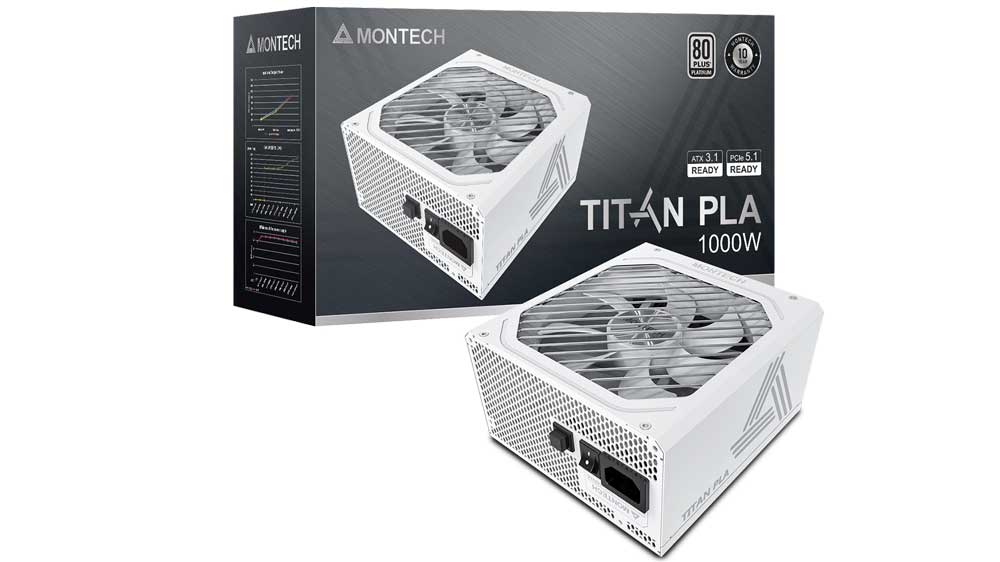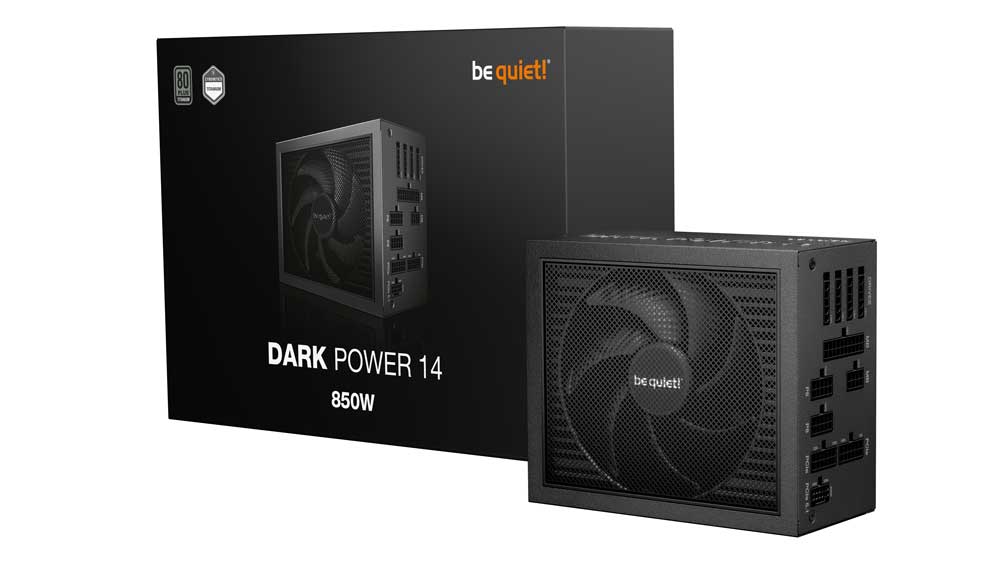Protection Features
| OCP (Normal @ 27°C) | 12V: 114.6A (138.07%), 12.157V 5V: 35A (140%), 5.01V 3.3V: 34A (136%), 3.325V 5VSB: 6.5A (216.67%), 4.972V |
| OCP (Hot @ 43°C) | 12V: 114.6A (138.07%), 12.193V 5V: 33.5A (134%), 5.011V 3.3V: 33.9A (135.6%), 3.329V 5VSB: 6.4A (213.33%), 4.974V |
| OPP (Cold @ 31°C) | 1393.19W (139.32%) |
| OPP (Hot @ 43°C) | 1294.15W (129.42%) |
| OTP | ✓ (130°C @ secondary side) |
| SCP | 12V to Earth: ✓ 5V to Earth: ✓ 3.3V to Earth: ✓ 5VSB to Earth: ✓ -12V to Earth: ✓ |
| PWR_OK | Proper operation |
| NLO | ✓ |
| Fan Failure Protection | ✗ |
| SIP | Surge: MOV Inrush: NTC Thermistor & Bypass relay |
The 12V rail’s OCP triggering points are similar between low and high temperatures. This is not ideal because the higher the operating temperatures, the higher the stress on the PSU. On the minor rails, the OCP triggering points are set sky high, especially at 3.3V. The worst part is that the difference between normal and hot temperatures at 3.3V is minimal.
The OPP triggering points are high, but there is a notable difference between cold and hot temperatures. The rest of the essential protection features are present, but the fan failure is absent; typically, it should exist in a high-end power supply. I want to push all OEMs to include fan failure protection in their designs, even the lower-end ones.


